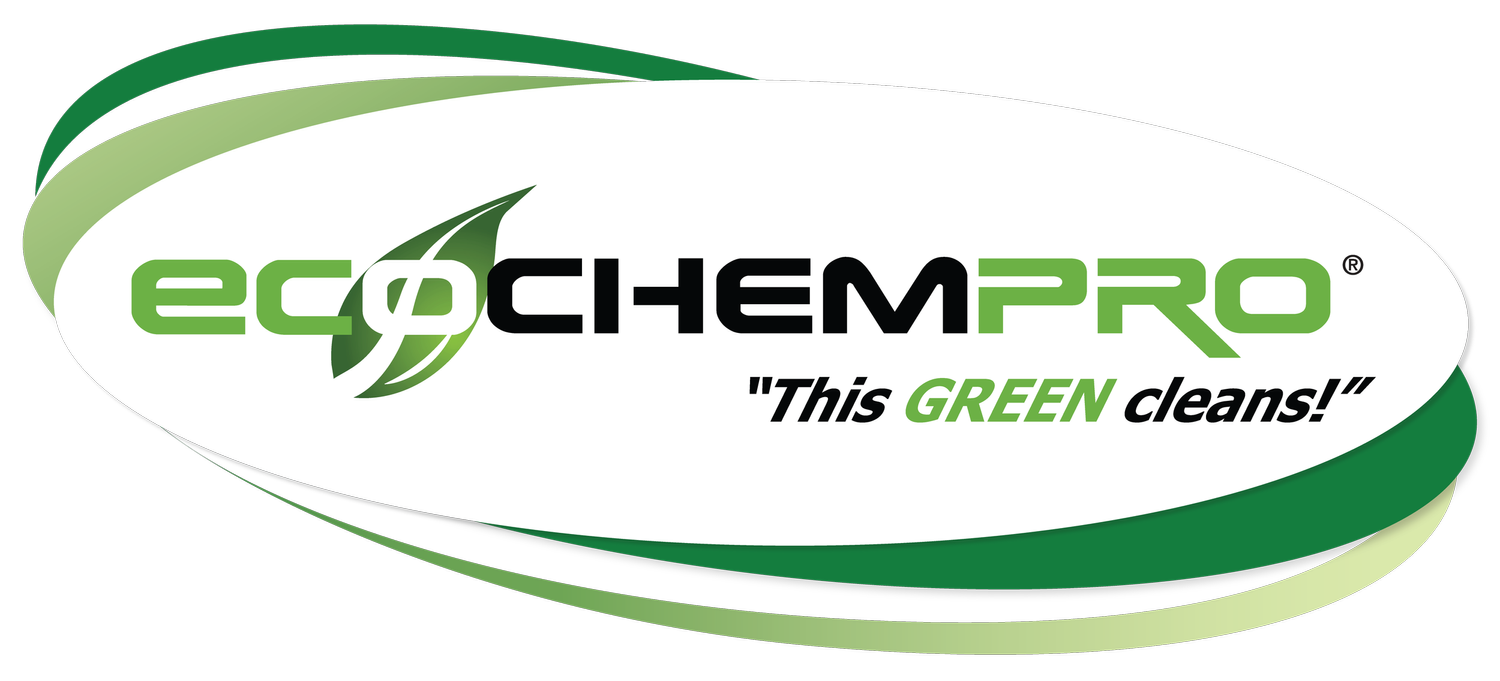Heat Injury - the biggest challenge facing US Industry
The Silent Threat: Conquering Heat Stress in the Workplace
As the global temperature continues to rise, the growing concern over heat stress in the workplace becomes increasingly urgent. This silent threat poses detrimental effects not only on the well-being of employees but also on the productivity of businesses. It is crucial that we face the challenge head-on and take immediate action to address heat stress.
The seriousness of heat stress lies in its potential to cause severe health complications and its significant impact on workplace performance. Shockingly, statistical methods suggest that over 1,300 people die each year in the United States due to extremely hot weather. However, scientists have discovered that these official death records may not capture the full extent of the problem, as extreme heat can also indirectly contribute to fatalities. Being exposed to high temperatures significantly increases the risk of experiencing heart attacks, heart-related issues, and respiratory diseases like pneumonia, which can ultimately lead to death.
These concerning facts emphasize the critical need for implementing effective measures to combat heat stress in the workplace. Organizations must prioritize employee safety and well-being by providing suitable methods to mitigate the risks associated with rising temperatures. This includes implementing proper ventilation systems, offering regular breaks in cool areas, and supplying employees with necessary personal protective equipment. In order to maintain a comfortable and safe working environment, it is essential for employers to educate their workforce about heat stress, its symptoms, and preventive measures. By promoting awareness and providing necessary training, businesses can empower employees to recognize warning signs and take appropriate actions to protect themselves from the potential dangers of heat stress.
In conclusion, the rising global temperature demands our immediate attention to the threat of heat stress in the workplace. The impact it can have on the health and performance of employees cannot be understated. By taking proactive steps to address this issue, we can ensure the well-being of our workforce and maintain optimal productivity in the face of rising temperatures.
Heat Injury Classifications
Heat injuries can be categorized into three different levels based on how severe they are: heat stress, heat exhaustion, and heat stroke. These injuries occur when a person is unable to get rid of excessive heat from their body, resulting in potentially dangerous consequences. As the exposure to heat becomes more intense, such as working in high temperatures for prolonged periods or being exposed to direct sunlight without adequate protection, the person will start experiencing heat stress, which is the initial stage of heat injury. At this stage, symptoms may include excessive sweating, dizziness, and rapid breathing as the body tries to cool down. If the person's condition worsens, they will move on to heat exhaustion where more severe symptoms may manifest, including nausea, headache, and fainting. It is crucial to take immediate action at this point, as heat exhaustion can progress rapidly if left untreated. In extreme cases, if heat exhaustion is not recognized and addressed promptly, it can eventually develop into heat stroke, which is a life-threatening condition. Heat stroke occurs when a person's core body temperature reaches dangerously high levels, and their body is unable to regulate it effectively. At this stage, the body's cooling system breaks down, and emergency medical attention is crucial to prevent organ damage and potentially save the individual's life.
Heat Injury & Heavy PPE
One of the most challenging scenarios in terms of heat injury is related to the usage of personal protective equipment (PPE). It restricts the dissipation of heat, thereby impeding the body's natural cooling mechanism. Individuals who regularly don protective clothing, either for occupational purposes or during sports activities, are particularly susceptible to experiencing heat stress due to this limitation. With the absence of proper heat release, the body's internal temperature can rise rapidly, inevitably resulting in a decline in efficiency and decreased performance levels. If this issue is not effectively addressed through the development of improved cooling technologies and designs for PPE, the consequences can be severe, potentially even leading to fatal outcomes. It is crucial for researchers, manufacturers, and policymakers to collaborate in order to minimize the risks associated with heat-related injuries in PPE users and ensure their safety in various working and sporting environments.
Using EcoChemPro Products to Reduce Heat Injury
EcoChemPro XL's innovative pH neutral formula eliminates the necessity for cumbersome and uncomfortable rubber HAZMAT suits, allowing teams to clean with ease and without the added physical strain caused by excessive heat. Our groundbreaking products not only enhances the effectiveness of cleaning tasks, but also reduces the potential dangers posed by heat-related illnesses. Moreover, EcoChemPro XL's is entirely free from harmful VOC's, acids, alkalis, and butyl's. By opting for this eco-friendly solution, cleaning teams not only protect themselves but also contribute to a healthier and safer environment for future generations. For more information contact EcoChemPro today by calling +1 (833) 427-7947 or email us info@ecochempro.com.
